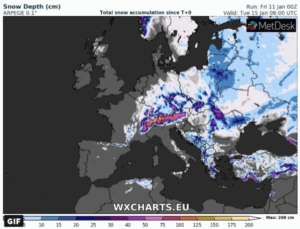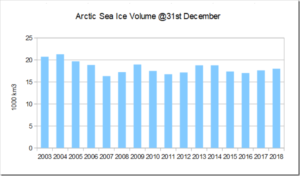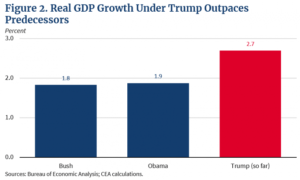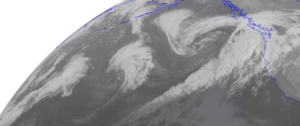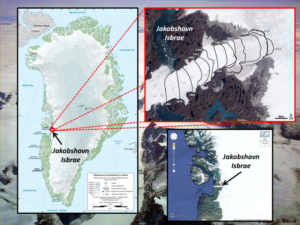by Charles the moderator, January 9, 2019 in WUWT
-
The Little Ice Age brought colder-than-average temps around the 17th century
-
Researchers say temperatures in deep Pacific lag behind those at the surface
-
As a result, parts of the deep Pacific is now cooling from long ago Little Ice Age
…

A Harvard study has found that parts of the deep Pacific may be getting cooler as the result of a climate phenomenon that occurred hundreds of years ago. The models suggest In the deep temperatures are dropping at a depth of around 2 kilometers (1.2 miles)

